6 Apartment REITs to Buy for Steady Yields
In a world of minuscule interest rates, investors are searching far and wide for yield.

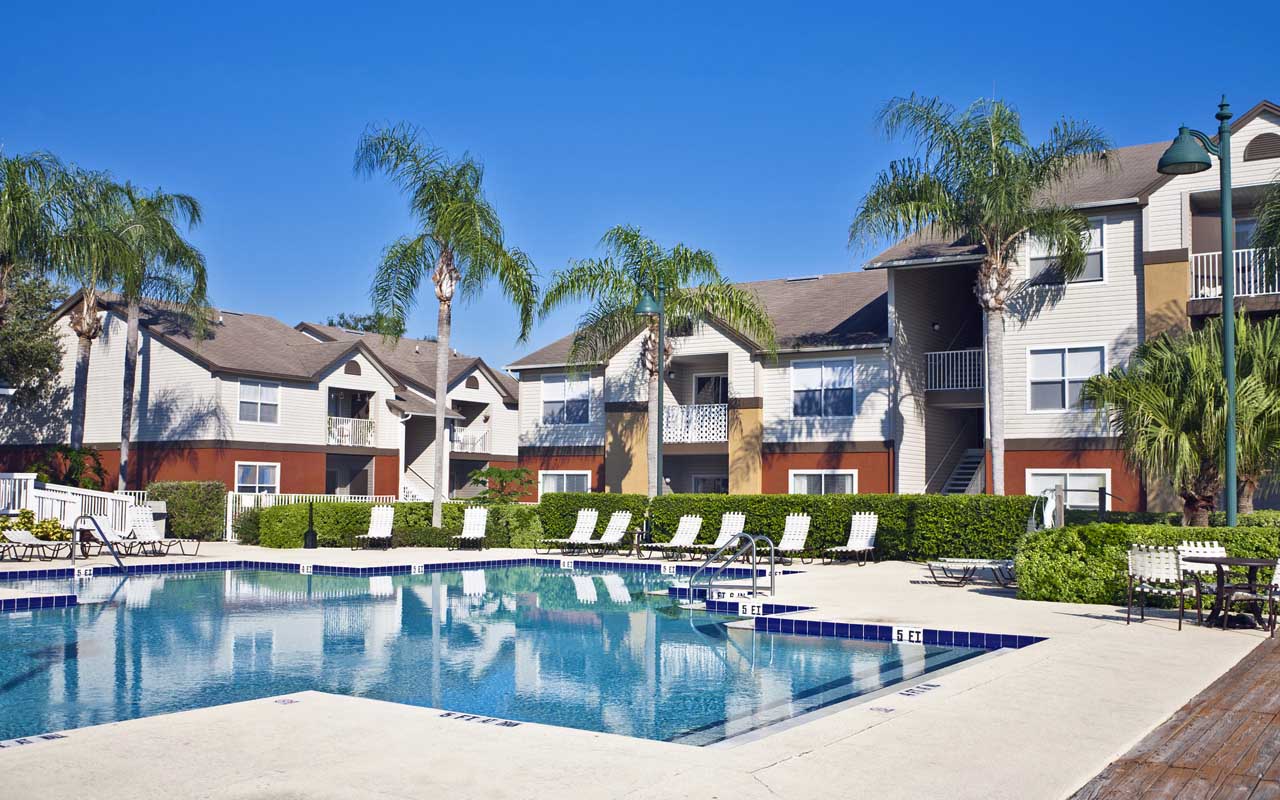
In a world of minuscule interest rates, investors are searching far and wide for yield. But many of them don’t need to look beyond the front door – if they live in an apartment.
Apartment real estate investment trusts (REITs) are well-poised to deliver reliable and growing dividends for the foreseeable future.
Homeownership rates in the United States have fallen, from 69.2% in the second quarter of 2004, to 64.2% at latest count. The decline is due in part to the higher underwriting standards instituted after 2008, and in part to younger Americans struggling to pay rent, let alone a down payment, mortgage bills and other costs of homeownership. Moreover, along the West Coast and in other cities such as Boston and New York, tough zoning laws and “NIMBY-ism” (Not In My Back Yard) prevent adequate new residential construction – a problem that does not look to be rectified easily, if ever.
The 10-year-long U.S. economic recovery and 4% mortgages have bumped up homeownership rates only marginally in recent seasons. Yet as national employment rolls expand, so is demand for housing – but a “severe shortage of housing” has been “too high of a hurdle for many would-be buyers to clear,” Freddie Mac recently said.
The housing shortage is a national concern, but for investors, the tight residential markets signal opportunity. Well-managed apartment REITs, which own and operate apartment communities, are perfectly positioned to take advantage. Here are six apartment REITs to buy for this housing shift … as well as sustained and growing dividend income.
Data is as of June 9. Dividend yields are calculated by annualizing the most recent payout and dividing by the share price.
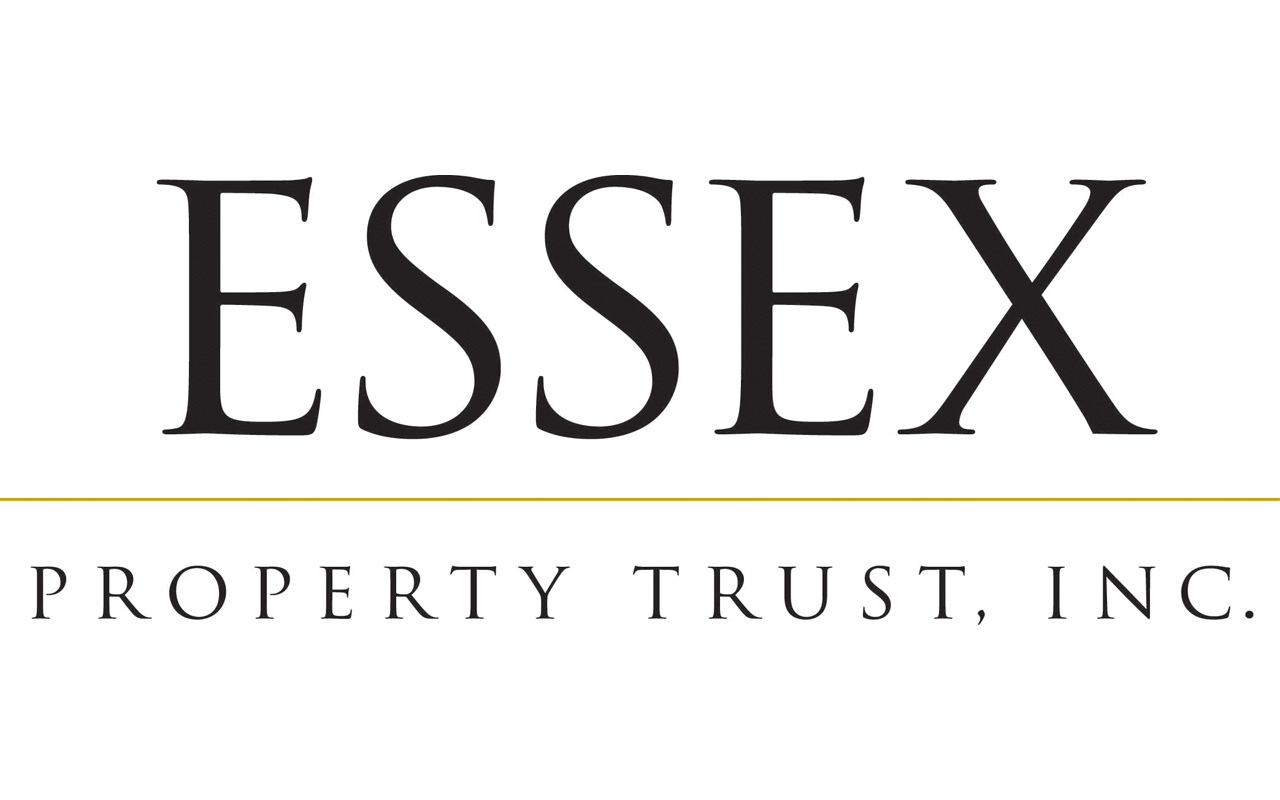
Essex Property Trust
- Market value: $19.5 billion
- Dividend yield: 2.6%
Essex Property Trust (ESS, $296.97) collects rent on nearly 60,000 apartment units in a combined 245 communities in California and Washington state. The REIT has more than 1,800 units under development to boot.
Essex has reported eight consecutive years of rising funds from operations (FFO, an important metric of REIT profitability) – that would extend to nine years if the company meets its 2019 estimates. And at the end of 2018, it reported $13.4 billion in assets (before depreciation) against $5.6 billion in liabilities (including mortgage debt). Translation: Essex is not over-leveraged. Notably, Fitch Ratings revised its outlook on Essex to “positive” from “stable,” and affirmed a “BBB+” investment-grade rating in June of last year that it maintains to this day.
The exciting story here, however, is the REIT’s dividends.
To be sure, Essex’s 2.6% yield is modest compared to other REITs. For comparison’s sake, the Invesco S&P 500 Equal Weight Real Estate ETF (EWRE) yields roughly 3%. But ESS excels at dividend hikes for the patient investor. In February, Essex announced a 4.8% bump to its first-quarter dividend. That marked ESS’ 25th consecutive year of annual dividend increases, qualifying it for inclusion in the S&P 500 Dividend Aristocrats. Its current quarterly payout of $1.95 per share is up 61.2% in just five years.
Yes, Essex has long benefited from one of the hottest West Coast apartment markets ever. But the company also managed to improve its payouts amid the 2007-09 financial crisis and bear market, which included one of the worst periods for American property since World War II.
New construction along the West Coast is limited and homebuying is becoming a more formidable undertaking. That will continue putting upward pressure on regional apartment rents, which positions ESS well to grow and boost its dividends for years to come.

UDR Inc.
- Market value: $13.0 billion
- Dividend yield: 3.0%
UDR Inc. (UDR, $46.14) is another apartment owner that’s positioned in more affluent areas of the U.S. The REIT owns or had shared-ownership stakes in 49,795 apartment units, primarily in “high barrier-to-entry” neighborhoods clustered in California, the Mid-Atlantic and Boston-New York regions.
In a refrain familiar to many apartment REITs, UDR seeks ownership in markets in which new housing construction is constrained by regulation or geography. The company also tout pet-friendliness to stand apart from the competition.
UDR has been an operational champ for years, with adjusted FFO growing 6.6% annually between 2013 through 2019 estimates, versus a median of 5.3% for its peers. Part of its performance has come from internal initiatives, such as charging for parking in certain situations or providing furnished rentals for leases of 30 or more days.
Like many other apartment REITs, UDR is not overly indebted – its assets of nearly $8 billion contrast well against liabilities of $3.9 billion. That puts it on strong financial footing to continue delivering its dividend, which has been paid out for 186 consecutive quarters. That payout has expanded by 46% over the past five years, including a 6.2% bump to 34.25 cents per share announced in March.
Analysts don’t often sound off on UDR, but Jefferies analyst Omotayo Okusanya upgraded the stock from “Hold” to “Buy” in late 2018 said the company was positioned to be “one of the best FFO/(share) growth profiles in our coverage in 2019,” citing the benefits from Amazon.com’s (AMZN) new headquarters – it has three assets within a three-mile radius of the company’s new headquarters in Arlington.

AvalonBay Communities
- Market value: $29.1 billion
- Dividend yield: 2.9%
AvalonBay Communities (AVB, $209.06) is a giant in the apartment world, holding ownership stakes in 291 apartment buildings with a total 85,313 units in 12 states and Washington, D.C. AvalonBay’s apartments are not concentrated in a single region, but instead are spread across the West Coast, New York-New Jersey, Mid-Atlantic and New England.
AvalonBay’s most recent earnings report included a 5.5% improvement in its so-called core FFO. That follows 4.3% growth in the metric for full-year 2018, and puts the company on its way to fulfilling estimates for 5.1% full-year 2019 growth in core funds from operations. The REIT has assets of $18.6 billion and liabilities of $7.9 billion, and debt is moderate; in the first quarter, interest expenses equaled less than 9% of revenues.
The company is well-regarded by the credit agencies, too. “AvalonBay's A3 senior unsecured rating incorporates the REIT's strong, low leveraged balance sheet, solid operating performance and its excellent liquidity and funding profile.” Moody’s wrote in a May report.
AvalonBay has outperformed the S&P 500, 46.4% to 45.77%, over the past five years. Once you include dividends, the difference is much starker, at 71.1% to 61.0%. AVB’s dividend has expanded by 42% over that time, to its current $1.52 per share.
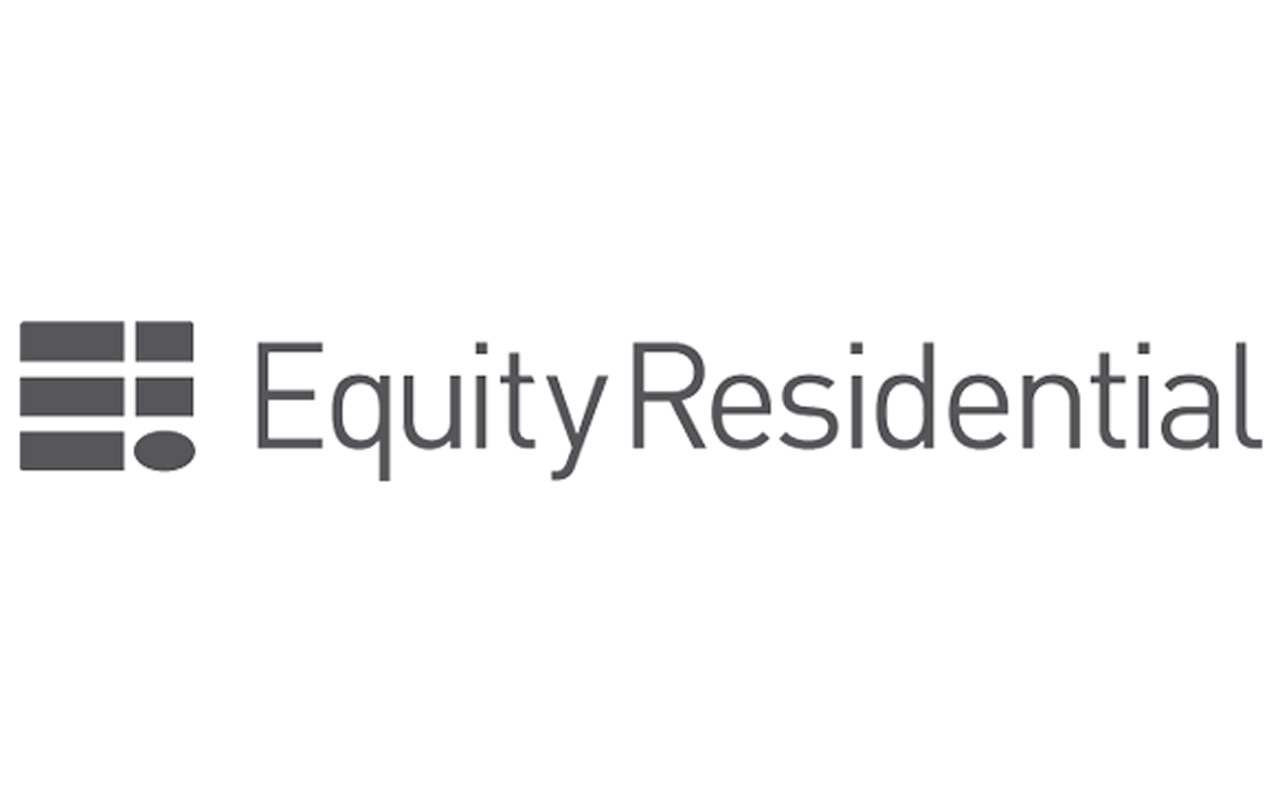
Equity Residential
- Market value: $28.9 billion
- Dividend yield: 2.9%
Equity Residential (EQR, $77.98) and AvalonBay routinely switch spots as the largest apartment REITs on the market. EQR owns or has a stake in 310 properties with a total of 80,061 apartment units, largely in Boston, New York, Seattle, San Francisco, Denver, Southern California and Washington, D.C. Legendary property investor Sam Zell is company chairman.
The company is known for owning higher-quality structures in high-quality markets. It also banks off high density – 70% of its net operating income is generated by mid/highrise properties.
EQR hasn’t been as consistent about FFO growth as some of the other picks on this list. Normalized funds from operations have ticked higher from $1.19 billion in 2014 to $1.20 billion in 2018, with plenty of up and down in between. But the REIT enjoyed a 3.8% pop in FFO last year, to $3.25 per share, and last quarter, EQR said “we are well positioned to deliver full year results near the top end of our guidance range if current trends continue.” If so, that would mean 5.8% FFO growth for 2019.
The company’s good fortunes caught the eye of Raymond James analyst Buck Home, who in April upgraded the company from “Underperform” (equivalent of “Sell”) to “Market Perform” (equivalent of “Hold”). Home also sees strong data in multifamily metros.
Equity Residential’s dividend has grown 42% over the past five years, but hardly in a consistent manner. Regular dividends actually dropped from 55.25 cents per share quarterly in Q1 2016 to 50.38 cents in Q2 2016 – but EQR also paid out $11.00 per share in special dividends that year. The payout remained stagnant until it was bumped up to 54 cents in Q2 2016, then climbed again to 56.75 cents earlier this year.
The good news? EQR Residential’s dividend only accounts for 66% of the full-year FFO figure that the REIT expects to hit in 2019, leaving plenty of room for either dividend hikes or special dividends as it sees fit.

Camden Property Trust
- Market value: $10.3 billion
- Dividend yield: 3.0%
Camden Property Trust (CPT, $106.21) owns or has stakes in 56,271 apartments across 165 developments. And it stands in contrast to most of the other REITs on this list in that it’s heavily concentrated in the American Southeast and Washington, D.C. That includes heavy exposure in Texas; Camden operates 8,749 units in Houston, the REIT’s largest metropolitan market by number of apartment homes.
Better still, nearly all of Camden’s net interest income is derived from cities that rank within America’s top 25 in terms of estimated population growth and employment growth.
Camden dished out steady operations between 2014 and 2018, with revenues climbing from $790 million to $954 million in that time. Adjusted FFO hasn’t grown every single year during that period, but has broadly trended upward, from $318 million to $392 million. The company expects this uptrend to continue in 2019, guiding for FFO per share of $4.99 to $5.15 – at the midpoint, that would represent a 6.3% improvement in that important REIT metric.
And recently, the company’s debt was upgraded by Standard & Poor’s to A-, illustrating a strong financial foundation. Risk consultancy IHS Markit recently noted “that the perception of the company’s creditworthiness is positive.” The company’s $6.3 billion in assets versus $2.6 billion in liabilities is part of that tale.
Dividend growth here is OK, but not great. The payout has improved by a modest 21% since 2014, including no bump in the dividend during 2017. It’s a conservative stance by management, given that SUI is paying out less than two-thirds of its projected FFO for 2019. But if nothing else, that means the dividend is well-protected.
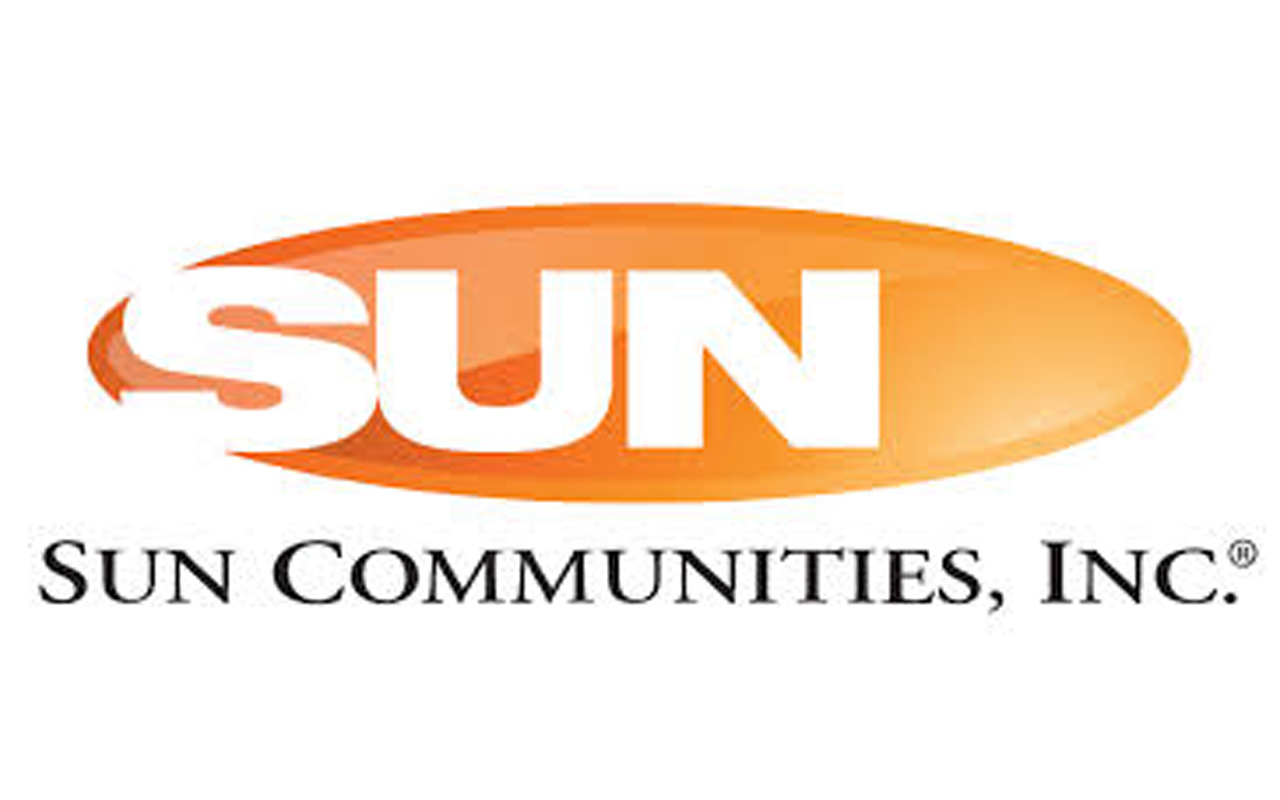
Sun Communities
- Market value: $11.8 billion
- Dividend yield: 2.3%
- Sun Communities (SUI, $129.78) is not a true apartment REIT, but it’s a gem of a company that’s in somewhat close company.
Sun Communities owns and operates (or at least owns an interest in) 379 manufactured housing and recreational vehicle communities, hosting more than 132,000 developed sites. These sites are clustered mainly in the Midwest, Florida and California, though they span other states and Canada.
The “story” on SUI is the migration of aging baby boomers into more affordable trailer and RV parks. But they’re taking a cue from apartment complexes by offering a wealth of amenities, from pools and gyms to playgrounds and basketball courts to even golf courses and marinas. Sun Communities prides itself on operating manufactured-home lots that are a cut above the “trailer park” popular image, and it offers diversity by serving a different age group.
Earlier this month, BMO Capital analyst John Kim, who has an “Outperform” rating (equivalent of “Buy”) on SUI, raised his price target to $132 on optimism about the company’s joint venture with an Australian partner. He calls it a “compelling value proposition” because development returns there are “significantly higher.”
However, in Sun Communities’ first-quarter conference call with analysts, management warned that heavy flows of capital were entering the mobile-home lot space – a shorter-term issue, but one that is driving down returns on acquisitions.
Sun Communities’ current dividend-growth streak only dates back to 2017, with the payout improving by 12% across three hikes since then.
Profit and prosper with the best of Kiplinger's advice on investing, taxes, retirement, personal finance and much more. Delivered daily. Enter your email in the box and click Sign Me Up.
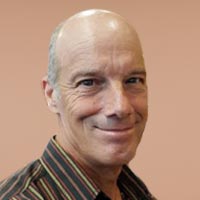
-
 23 Last-Minute Gifts That Still Arrive Before Christmas
23 Last-Minute Gifts That Still Arrive Before ChristmasScrambling to cross those last few names off your list? Here are 23 last-minute gifts that you can still get in time for Christmas.
-
 The Rule of Compounding: Why Time Is an Investor's Best Friend
The Rule of Compounding: Why Time Is an Investor's Best FriendDescribed as both a "miracle" and a "wonder," compound interest is simply a function of time.
-
 4 Great Tools to DIY Your Own Financial Plan
4 Great Tools to DIY Your Own Financial PlanSmart Savings Several tools picked out by Kiplinger that DIYers can use to make their own financial plan.
-
 What Fed Rate Cuts Mean For Fixed-Income Investors
What Fed Rate Cuts Mean For Fixed-Income InvestorsThe Fed's rate-cutting campaign has the fixed-income market set for an encore of Q4 2024.
-
 The Most Tax-Friendly States for Investing in 2025 (Hint: There Are Two)
The Most Tax-Friendly States for Investing in 2025 (Hint: There Are Two)State Taxes Living in one of these places could lower your 2025 investment taxes — especially if you invest in real estate.
-
 The Final Countdown for Retirees with Investment Income
The Final Countdown for Retirees with Investment IncomeRetirement Tax Don’t assume Social Security withholding is enough. Some retirement income may require a quarterly estimated tax payment by the September 15 deadline.
-
 The 24 Cheapest Places To Retire in the US
The 24 Cheapest Places To Retire in the USWhen you're trying to balance a fixed income with an enjoyable retirement, the cost of living is a crucial factor to consider. Is your city the best?
-
 Dividends Are in a Rut
Dividends Are in a RutDividends may be going through a rough patch, but income investors should exercise patience.
-
 Bond Basics: U.S. Agency Bonds
Bond Basics: U.S. Agency Bondsinvesting These investments are close enough to government bonds in terms of safety, but make sure you're aware of the risks.
-
 Municipal Bonds Stand Firm
Municipal Bonds Stand FirmIf you have the cash to invest, municipal bonds are a worthy alternative to CDs or Treasuries – even as they stare down credit-market Armageddon.
-
 High Yields From High-Rate Lenders
High Yields From High-Rate LendersInvestors seeking out high yields can find them in high-rate lenders, non-bank lenders and a few financial REITs.
